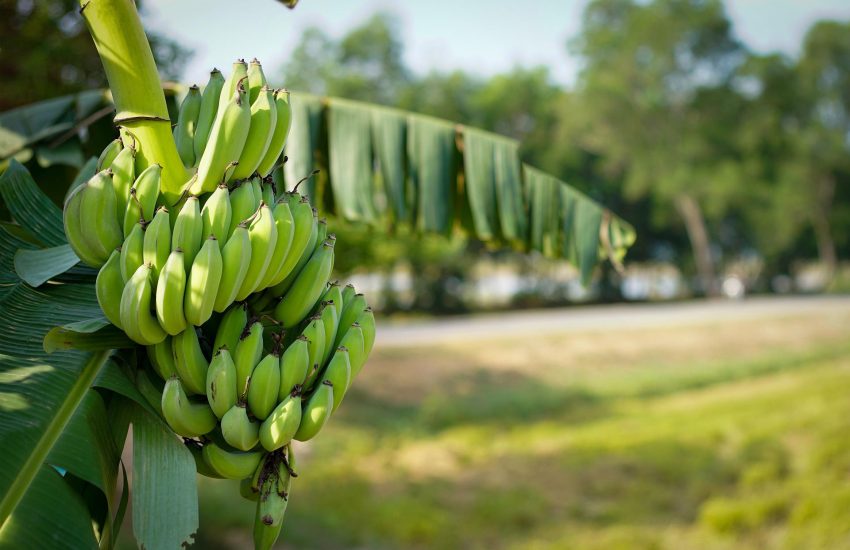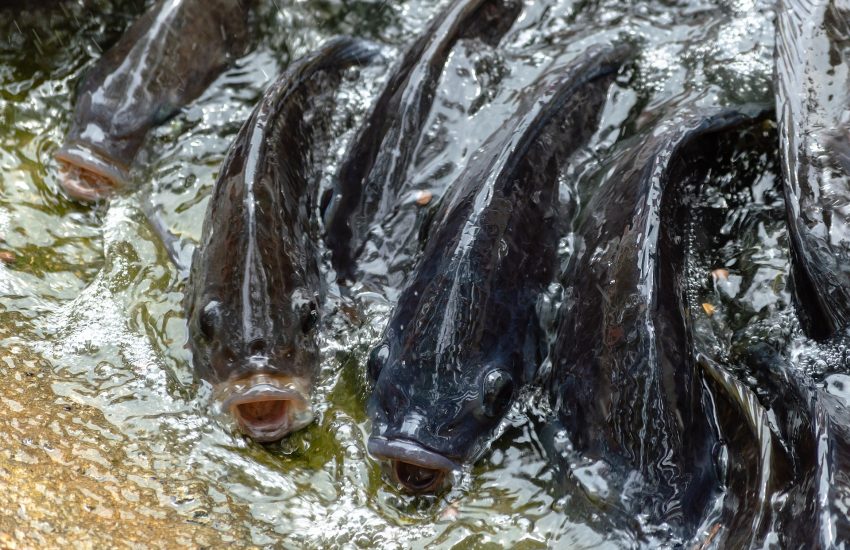What Are The Key Differences Between Cultivator Vs. Plow
Cultivator or plow? It is a common question among the farmers. However, people first need to understand the differences between these two agricultural equipment.
Plowing is a method that allows for the removal of horizontal clods from the soil. A cultivator, on the other hand, is farm equipment that stirs the soil around a mature crop to stimulate growth and eliminate weeds.
In this article, I’ll go over all there is to know about cultivators and plows, as well as provide a final recommendation to help you make a better choice.
What are the Differences between Cultivator and Plow?
Cultivator:
A cultivator is a machine that breaks the top layer of soil to either prepare it for seeding or to eliminate weeds.
Soil aggregates are broken up and the soil is aerated when it is cultivated. This exposes soil organic materials, accelerates its disintegration, and harms soil structure.
Thus, soil structure can be improved by lowering tillage.
Plow:
Before sowing seed or planting, a plough or plow is used to loosen or turn the soil.
It necessitated extensive soil excavation. This allows for soil conditions mixing and the return of nutrients from the subsoil to the higher layers.
It also makes it easier for natural elements like air and water to reach the plant’s roots.
How does Cultivator Work?
A cultivator doesn’t start working until the plants have started to sprout. Cultivating is the process of loosening the soil surrounding plants to facilitate their growth.
Cultivators do not churn the soil as deeply as tillers do, thus they are frequently used between rows to keep weeds at bay while also aerating the soil.
The plants benefit from permeable soil in this way because more water and fertilizer can reach their roots. Weeds won’t be able to rob your plants of water or nutrients if their development is kept to a minimum.
When you cultivate more than a few inches into the soil or get too close to desired plants, you risk damaging their roots.
How does Plow Work?
Plowing is typically done when the harvesting phase ends. The goal of this equipment is to get rid of weeds and, for the most part, previous crop residues by getting them down to a depth.
However, the process won’t affect plant growth.
It is essential to progressively soften the soil and prepare it for the following crop in this manner.
Plowing can be done at any time of the year, although the best results are gained during the middle of the year.
Advantages of Cultivator and Plow
Cultivator:
Cultivators break up the soil by loosening it with tines or disks. This helps air and water to penetrate deeper into the soil and drain more efficiently, minimizing flooding.
A cultivator used around the base of a weed loosens the soil, making it easier to remove the entire plant out of the ground while keeping the roots intact.
Cultivators with revolving tines are designed to aerate the soil and bury weeds by turning it within a few inches of the surface.
Between rows, use a cultivator with this type of attachment to control weeds and absorb them back into the soil, where they contribute nutrients to the garden.
Plow:
Plowing improves air circulation by loosening the soil. Since the roots may go deeper into the earth, the plant can be held firmly in place.
Plowing renovates the soil, resulting in increased porosity, which is necessary for the flow of water, oxygen, and other organic compounds.
Moreover, the previous crop wastes, which are plowed into the soil, get to be a supplement for the current plant.
Plowing helps the growth of microorganisms by uprooting weeds in the field.
Drawbacks of Cultivator and Plow
Cultivator:
Using cultivators can degrade soil structure and make it more sensitive to other types of damage, such as erosion. Thus, the consequences of improper use of cultivators may bring negative effects to your land.
Due to the destruction of soil organic matter and solid aggregates, cultivators can exacerbate hard setting and crusting issues.
Sodic material may be brought to the surface by farmers. Soil crusting may result as a result of this.
Plow:
Plowing causes large clods to form on the ground. As a result, various methods of soil preparation will be required.
The clods will collapse and become flaky, ready for the next crop. However, this technique causes a halt in all operations, resulting in a cost increase.
The plow’s extensive weight applies pressure on the soil, forming a layer that becomes deeper over time.
This layer prevents air and water from passing through, making the formation of new plant roots more difficult, and causing the soil’s fertility to deteriorate over time.
Cultivator or Plow: Which One to Choose Finally?
It’s difficult to choose between cultivator and plow based on their characteristics.
However, there can be some reasons why you can go with cultivator instead of plow.
Plows take longer to use and require more horsepower. On the other hand, cultivators do nothing but cultivate, which is necessary for sowing.
It is worth mentioning that cultivators are preferred by farmers for plowing to loosen the upper surface of the soil, eliminating undesired plants from the ground.
However, plows generally require a lot of traction force, which necessitates the use of specialized tractors, which can be rather expensive.
This is because complementary jobs come with higher fuel expenses and have a greater environmental impact.
When to Use Cultivators?
Cultivators function best when the soil is somewhat moist to the touch; soil that is too dry or wet makes cultivation much more difficult. Clay soils that have been saturated with water are clumped together, preventing plant roots from developing.
Cultivating heavy soils should only be done to prepare a seedbed for planting or to incorporate compost or organic fertilizer.
Summary
When picking between the Cultivator and the Plow, consider all of the factors.
It’s worth noting that using a cultivator enables beneficial bacteria and other microbes to deposit nutrients into the soil. It boosts crop yields in the long run. It aids in the reduction of soil erosion and the improvement of soil fertility.
Related Posts:


